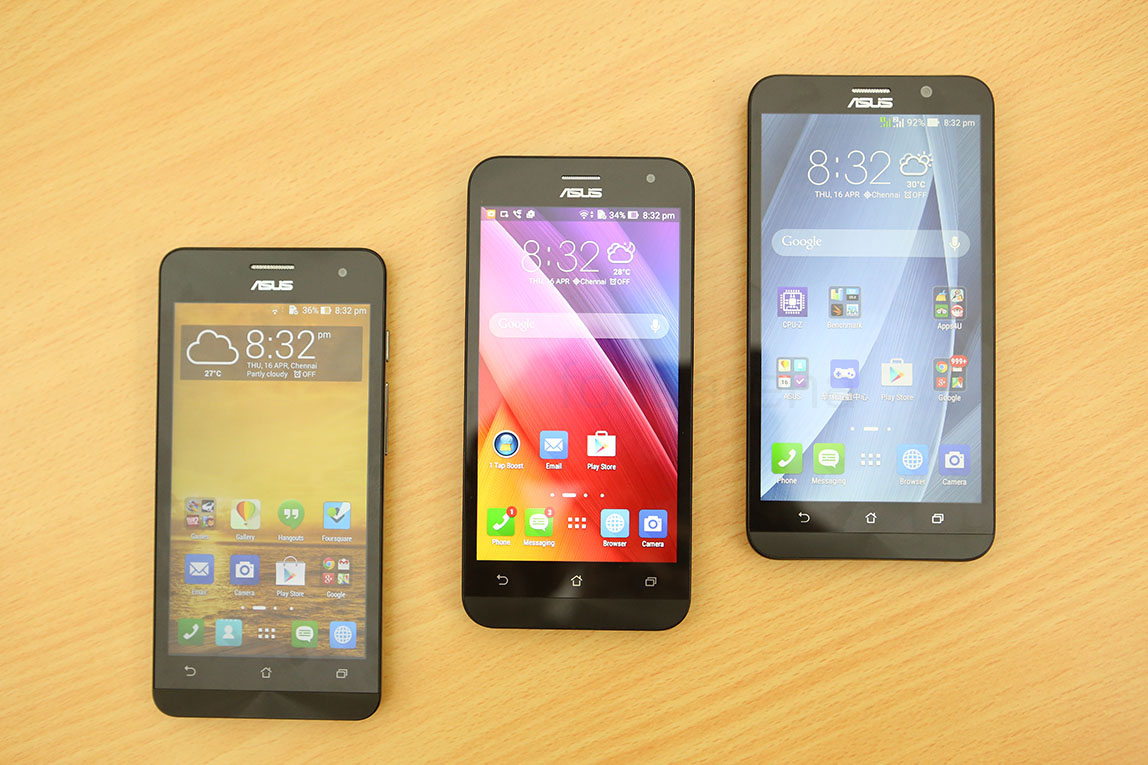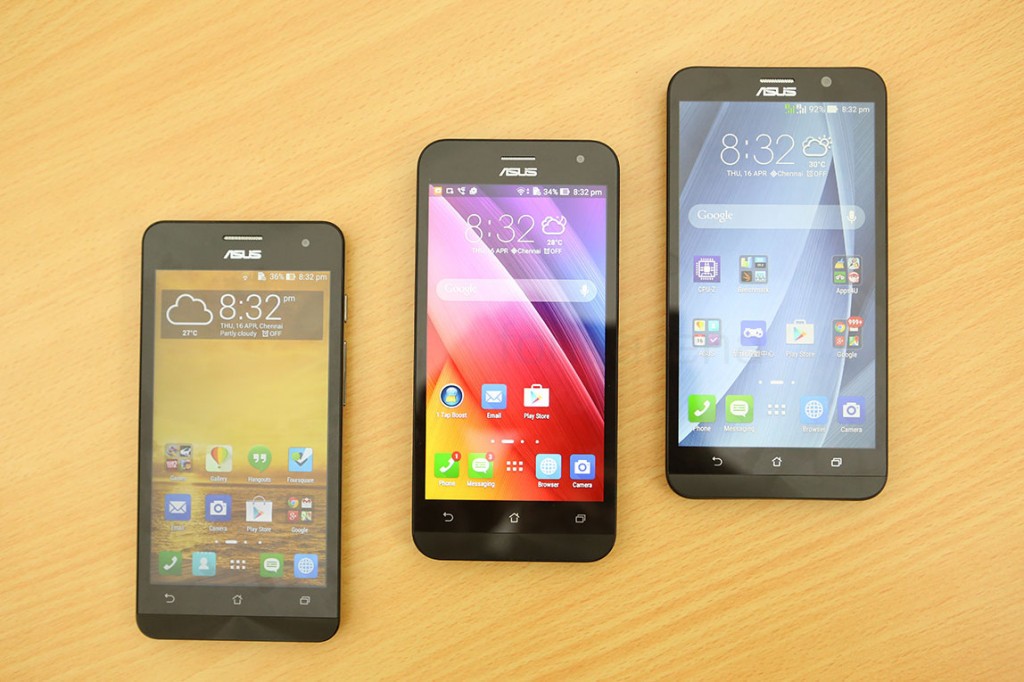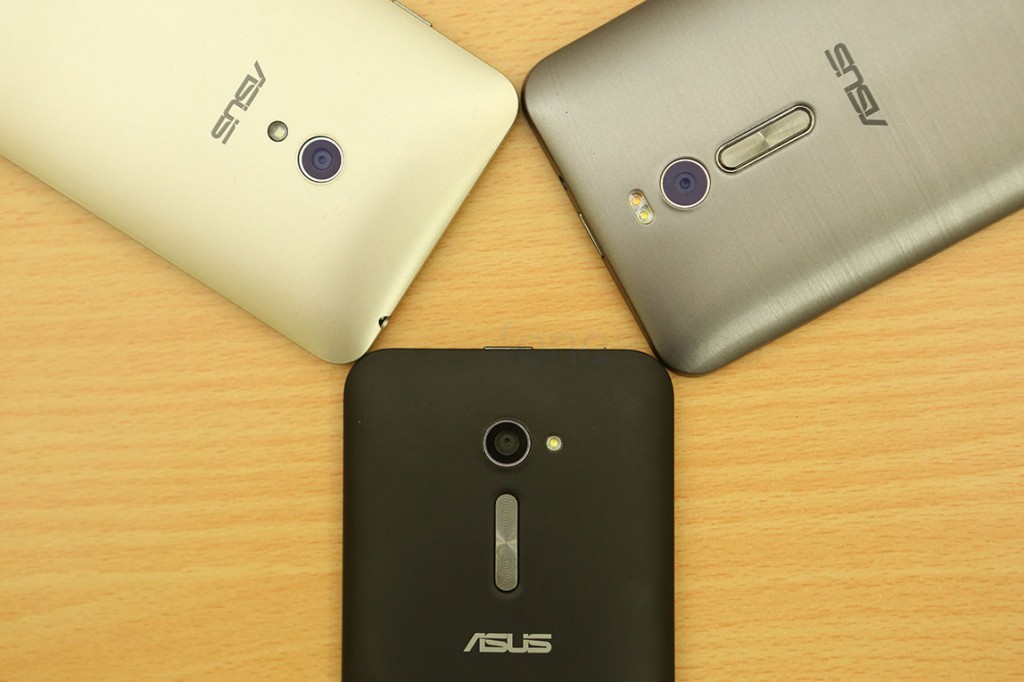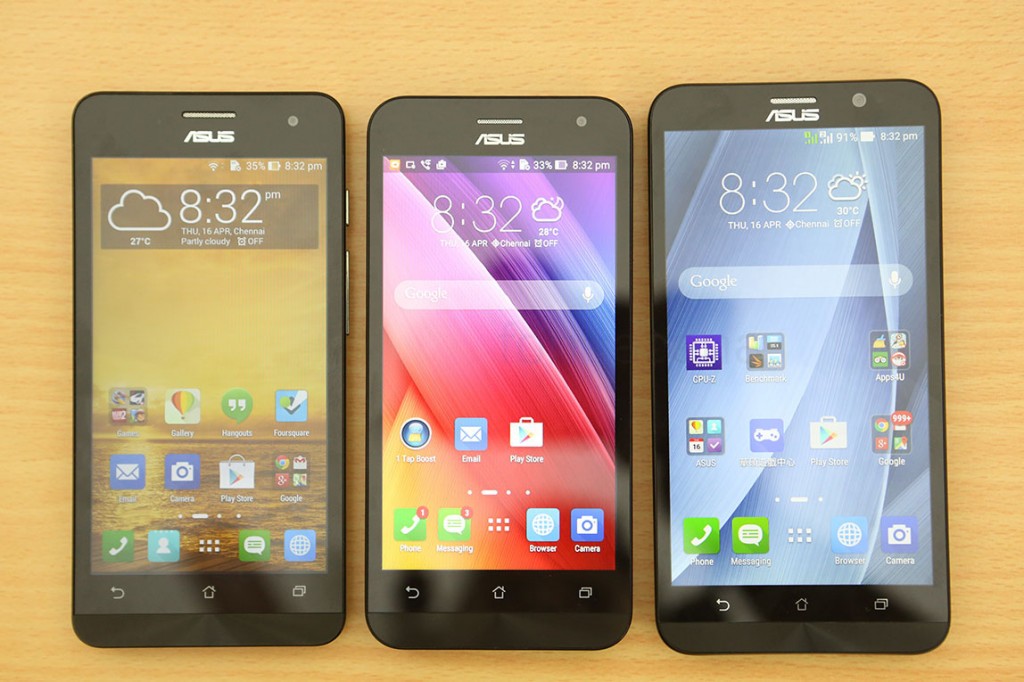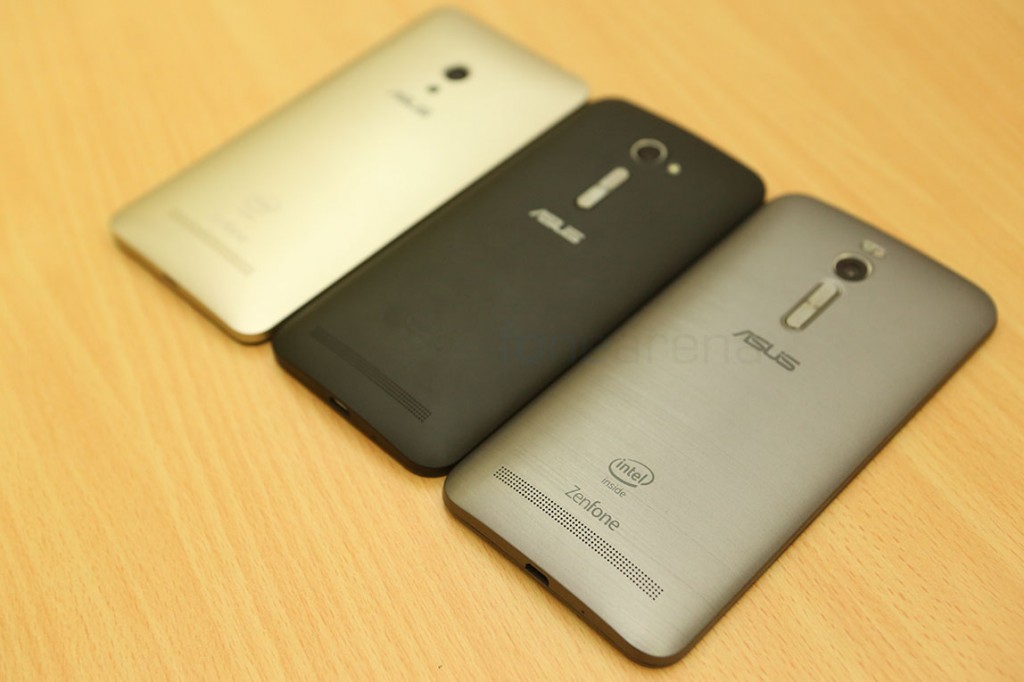The Zenfones from ASUS, released back in 2014, had been quite a success in the Indian market, mainly for the value it offered. There were three models, with corresponding screen sizes and sensible price points. The sequels are now here, so we are taking a closer look at how things have changed since last year. What’s new in the Zenfone 2? Lets find out.
httpv://www.youtube.com/watch?v=fo-ihMO3dC4
The Zenfone 5, undoubtedly the most successful Zenfone from last year, gets a sequel in the form of the very similar ZE500CL model of the Zenfone 2, but good news is, the only model that’s getting released in India is the ZE551ML, the one with 4 GB of RAM. Let’s start with the design.
The major changes with design have been the relocation of the volume rocker buttons to the back. Like LG, ASUS has sought to move them to the back, making sides thinner than they are, on the Zenfone 5. But unfortunately, the power button has been moved to the top, a disadvantage that’s mitigated in software through double tap to lock/unlock, much like LG. In terms of build quality, that too has changed with the ZE551ML sporting a faux brushed aluminium-like texture for the back panel. The new one definitely feels better in hand, despite the increase in size.
The Zenfone 5 has a 5-inch 720p display, while the Zenfone 2 comes with a bigger 5.5 inch full HD display that looks and performs better, naturally. The 500CL on the other hand, although sporting the same display dimensions and resolution, has a better looking display. The 551M being the top-end variant this time, gets its fair share of high-end internals overall.
Talking of high-end internals, the major change in this department is the generational leap ahead with the SoC. The Zenfone 2 ZE551ML is powered by the Intel Atom Z3580 chip, while the Zenfone 5 was powered by the Intel Atom Z2580 chipset. Just going by numbers, we can say this is a generational leap, indeed. The new chipset comes with a quad core 2.3 GHz CPU and the new PowerVR G6430 GPU, helping it perform well in almost any given condition. And then there is the 4 GB of RAM that will never be full. In the battery department, the Zenfone 2 with a bigger chassis, naturally gets a bigger 3000 mAH battery, up from 2110 on the Zenfone 5. On the connectivity side, the new Zenfone 2 comes with LTE connectivity, with bands supported in India. In the camera department, the Zenfone 2 ZE551ML gets an upgrade to a 13 megapixel “Pixelmaster” unit that is supposedly very good.
The Zenfone 5’s hardware might have been termed good enough last year, but what stole our attention was the new Zen UI, which was surprisingly snappy and optimized. This fact remains the same this year too, with the new Zen UI 2 on the Zenfone 2, based on a newer version of Android, 5.0 Lollipop. There are lots of new features, but it is still very snappy and optimized, a sign of harmony between hardware and software.
Plenty has changed in one year. More players, more devices and heavier competition has increased innovation at all price points. The Zenfone 5 was a breakout hit for ASUS last year, and with the pricing to be announced on the 23rd of this month, we will know if they can repeat the success this time around too. The Zenfone 2 is a solid progression of qualities that were deemed good in the original series. Look out for the pricing announcement soon and until then, if you have any questions, let us know in the comments section below.

